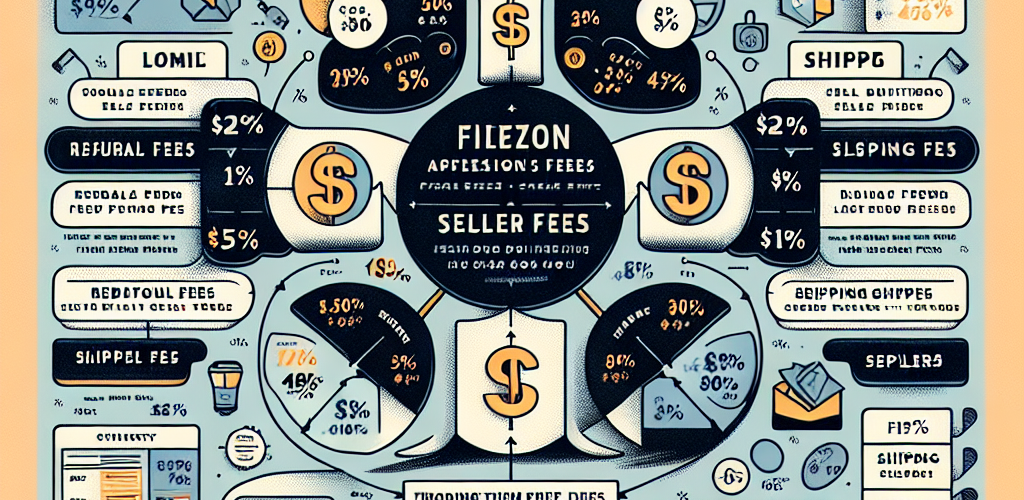Unpacking Amazon’s Seller Fees: What You Need to Know
October 30, 2024

Breaking Down Amazon’s Seller Fees
Amazon is a powerhouse in the world of e-commerce, providing a platform for millions of sellers to reach a global audience. However, navigating the world of Amazon seller fees can be daunting for newcomers. Understanding the various costs associated with selling on Amazon is essential for maximizing profits and avoiding any unexpected surprises. In this article, we will break down Amazon’s seller fees and provide you with the information you need to know to succeed as a seller on the platform.
When it comes to selling on Amazon, there are two main types of seller fees that you need to be aware of: referral fees and fulfillment fees. Referral fees are a percentage of the total sale price of an item, ranging from 6% to 45%, depending on the category. These fees are paid to Amazon for facilitating the sale and providing a platform for sellers to reach customers. Fulfillment fees, on the other hand, are charged for the storage, packing, and shipping of your products through Amazon’s fulfillment centers. These fees can vary based on the size and weight of the item, as well as the shipping method chosen by the seller.
Understanding the Costs of Selling on Amazon
Selling on Amazon comes with a variety of costs beyond just the referral and fulfillment fees. Sellers may also incur additional fees for services such as advertising, storage overage, and professional account services. Advertising fees, for example, are charged for promoting your products through Amazon’s advertising platform, allowing you to reach a larger audience and increase sales. Storage overage fees are applied when sellers exceed their allotted storage space in Amazon’s fulfillment centers, encouraging sellers to manage their inventory efficiently. Professional account services, such as account management and special support, come at an additional cost but can provide valuable resources for sellers looking to grow their business on Amazon.
Key Points to Remember About Seller Fees
When calculating the costs of selling on Amazon, it’s important to factor in all potential fees to ensure accurate pricing and profitability. Sellers should regularly monitor their fees and adjust their pricing strategies accordingly to maximize their profits. Additionally, sellers should take advantage of Amazon’s tools and resources to help manage their seller fees effectively. Utilizing tools such as the Fee Preview report and the FBA Revenue Calculator can provide valuable insights into the costs associated with selling on Amazon and help sellers make informed decisions about their pricing and inventory management strategies.
Navigating Amazon’s Fee Structure Like a Pro
Navigating Amazon’s fee structure can be challenging, but with the right knowledge and tools, sellers can optimize their selling strategies to minimize costs and maximize profits. By understanding the various types of seller fees, regularly monitoring fees, and utilizing Amazon’s resources, sellers can navigate the world of e-commerce on Amazon like a pro. With a strategic approach to managing seller fees, sellers can unlock the full potential of selling on Amazon and reach new heights of success in the competitive online marketplace.
In conclusion, understanding Amazon’s seller fees is essential for any seller looking to succeed on the platform. By breaking down the various costs associated with selling on Amazon, sellers can make informed decisions about their pricing and inventory management strategies. With the right knowledge and tools, sellers can navigate Amazon’s fee structure like a pro and unlock the full potential of selling on one of the world’s largest e-commerce platforms.
Mastering the Art of Selling on AmazonMastering Amazon FBA: A Comprehensive GuideTop Amazon Products for ProfitRelevant LinkRelevant LinkRelevant Link
